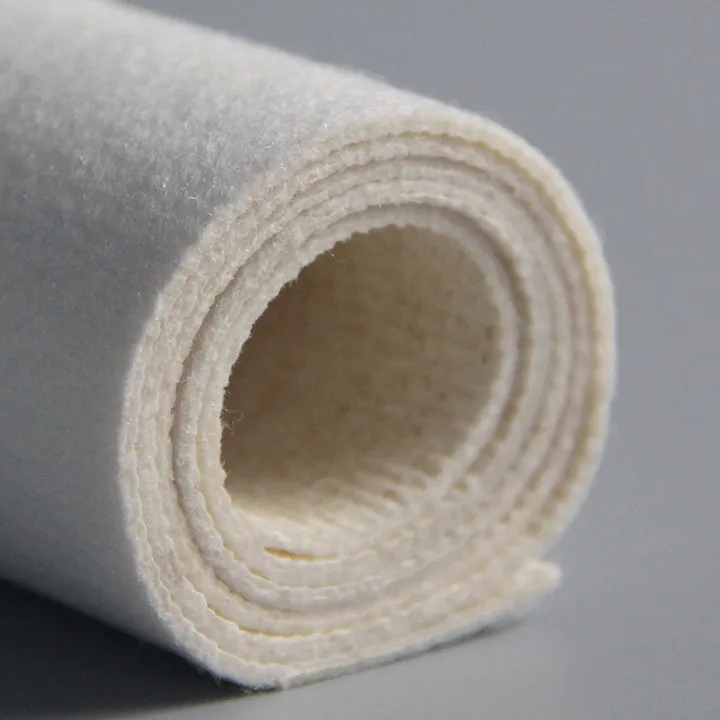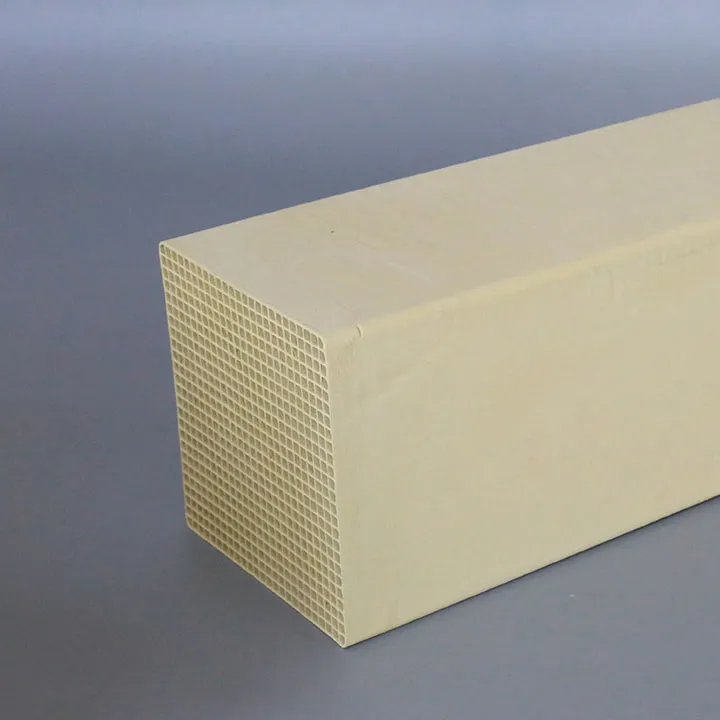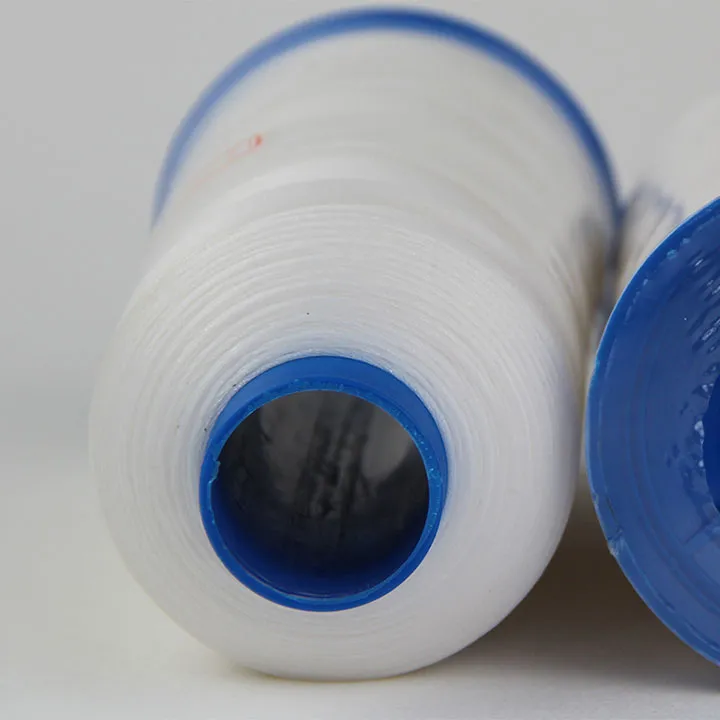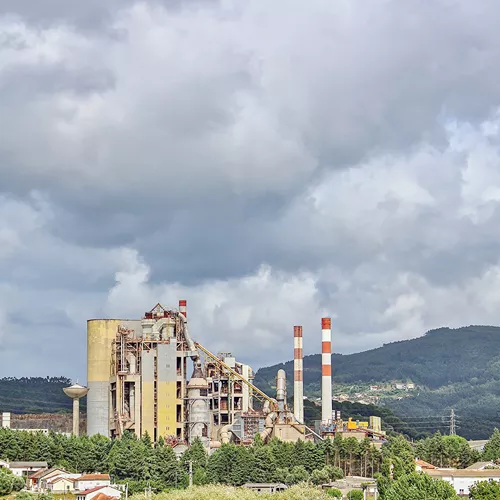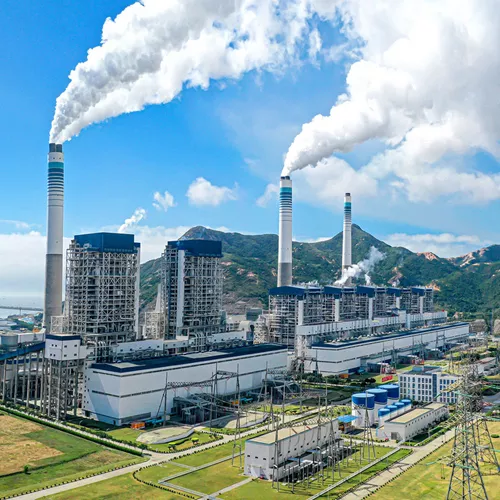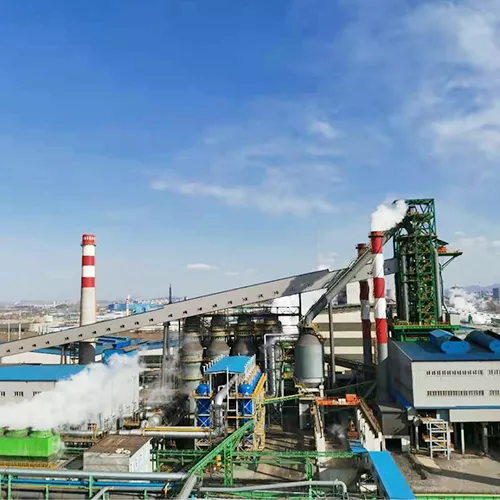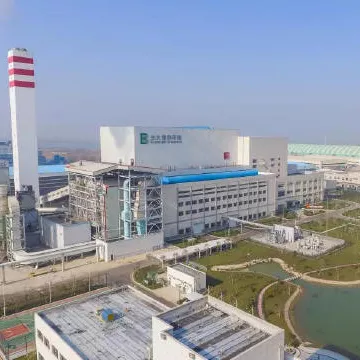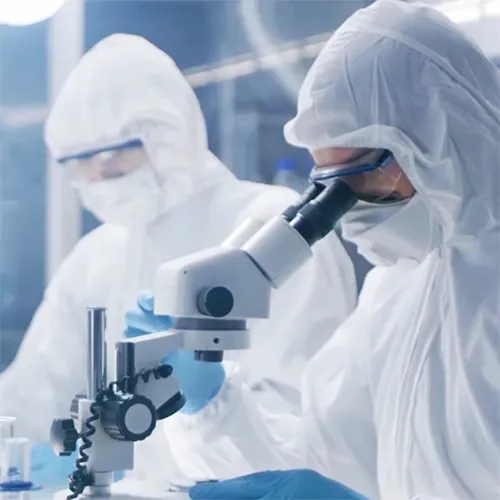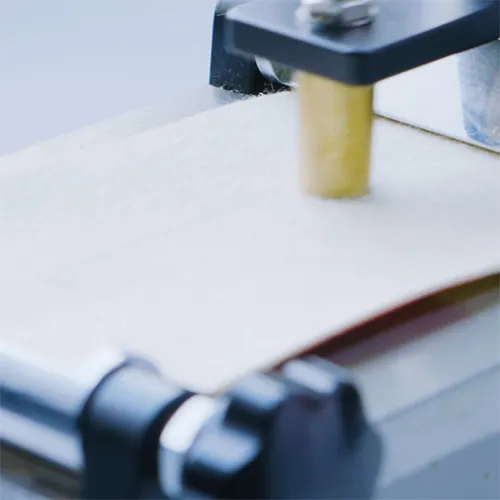What type of dust collector is best for heavy dust environments?
In the process of industrial production and processing, the generation of dust is inevitable. In some heavy dust environments, dust not only affects the cleanliness and safety of the working environment, but may also pose a serious threat to the health of employees. Therefore, it is particularly important to choose the right dust removal equipment to create a safe and clean working environment for the company.
Characteristics of heavy dust environment
In many industries, the types and characteristics of dust vary. Some heavy dust environments, such as mining, metallurgy, building materials, chemicals and other industries, usually produce a large amount of particulate matter. The characteristics of heavy dust include:
1.Large particle diameter: heavy dust is not only numerous, but also has a large particle diameter and is easy to settle.
2.Complex composition: heavy dust may contain a variety of components such as metals, minerals, chemicals, etc.
3.Easy to explode: Some dusts are at risk of explosion at certain concentrations, and special protective measures must be taken.

Types of dust collectors
For heavy dust environments, there are many types of dust collectors available on the market. The following are several common types of dust collectors, as well as their applicable scenarios and advantages and disadvantages.
1. Baghouse filter bags
Baghouse filter bags is the most widely used type of industrial dust removal equipment. It works by introducing gas into the filter bag, where dust is captured inside the filter bag, while clean gas is discharged from the outside of the bag.
Advantages:
High filtration efficiency: Bag filter can efficiently filter out tiny dust particles and is suitable for heavy dust environments.
Simple maintenance: Modern bag filter is equipped with an automatic dust cleaning system and has a low maintenance frequency.
Disadvantages:
Filter bag life: In a high-concentration dust environment, the life of the filter bag may be shortened, increasing maintenance costs.
2. Pulse bag filter
Pulse bag filter is a product improved on the basis of traditional bag filter. It cleans the dust filter bag by pulse blowing to maintain a good filtering effect.
Advantages:
Thorough cleaning: Pulse blowing can effectively remove dust on the filter and maintain a high filtration efficiency.
Strong adaptability: Suitable for various dust environments, especially heavy dust environments.
Disadvantages:
High initial investment: Compared with traditional bag dust collectors, its initial investment cost is higher.

3. Electrostatic precipitator
The electrostatic precipitator uses the principle of electrostatic adsorption to effectively capture fine dust particles. This equipment is very effective in dealing with certain types of dust (such as metal powder).
Advantages:
Handling high-concentration dust: The electrostatic precipitator has a significant effect on high-concentration dust.
Low energy consumption: Compared with traditional dust collectors, it has lower energy consumption and good economy.
Disadvantages:
Sensitive to moisture: It has a greater impact on environmental humidity and gas, which may lead to a decrease in dust removal effect.
4. Spiral dust collector
The spiral dust collector is a device that combines the principles of cyclone and inertial separation and is suitable for handling large particles of dust.
Advantages:
Can handle coarse particles: Especially suitable for handling particles with larger particle sizes.
Simple equipment: Simple structure and easy maintenance.
Disadvantages:
Relatively low dust removal efficiency: The filtering ability for tiny particles is not as good as bag and electrostatic dust collectors.

How to choose a suitable dust collector?
Choosing a suitable dust collector should not only consider its type, but also the following factors:
Dust characteristics: Different types of dust have different requirements for dust collectors, and they need to be selected according to the chemical properties of the dust, particle size, etc.
Environmental requirements: Consider factors such as the temperature and humidity of the working environment to ensure that the selected equipment can work normally under specific conditions.
Maintenance cost: Different types of dust collectors have different maintenance costs, and economic evaluation is required.
Regulatory requirements: According to local environmental regulations, select dust removal equipment that meets emission standards.
Conclusion
In a heavy dust environment, choosing a suitable dust collector can not only improve production efficiency, but also protect the health and safety of employees. Whether it is a bag dust collector, a pulse bag dust collector, an electrostatic dust collector or a spiral dust collector, each has its own applicable scenarios and advantages and disadvantages. Understanding the characteristics of various dust collectors can better guide enterprises to make reasonable choices in complex and changing production environments.



